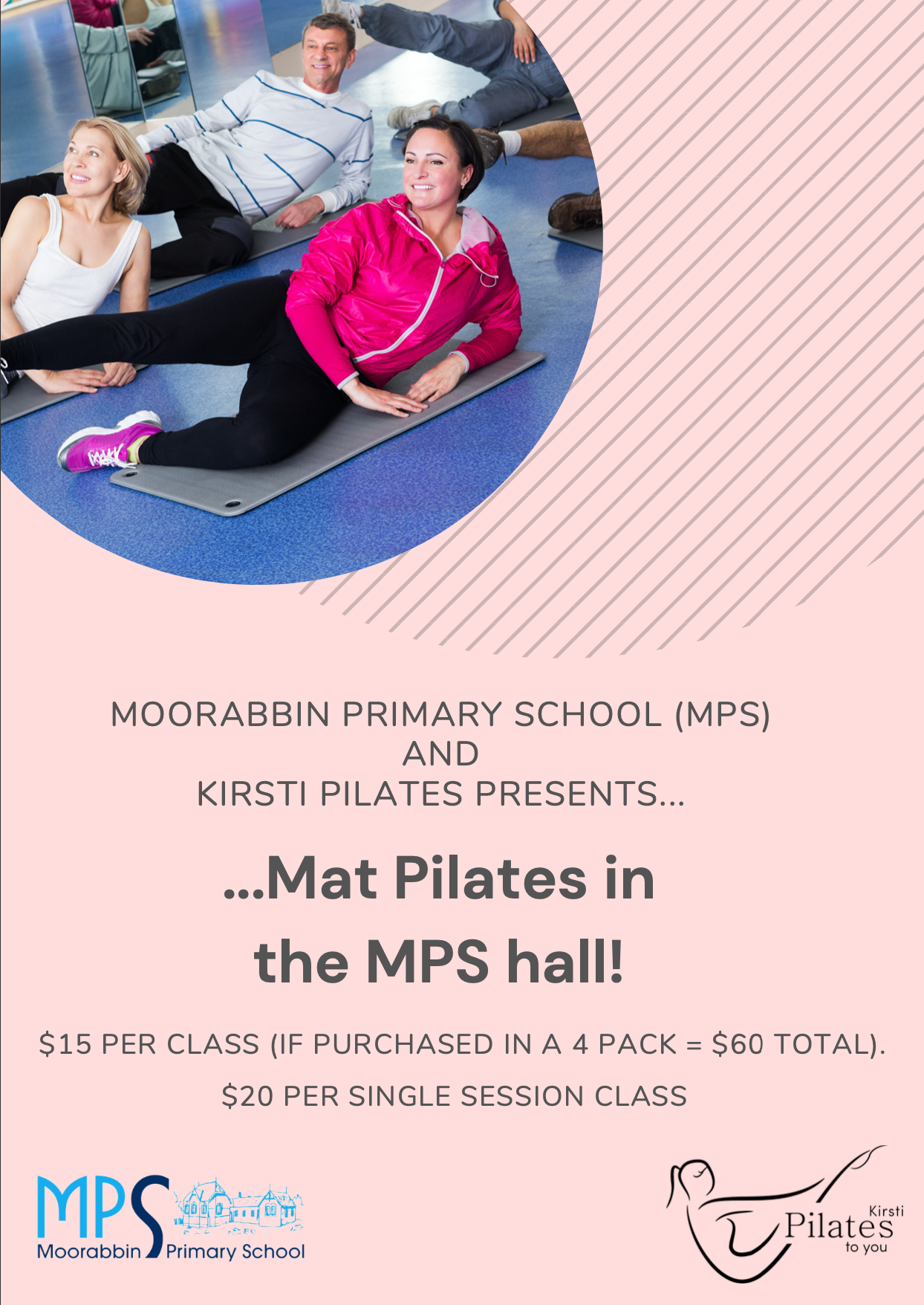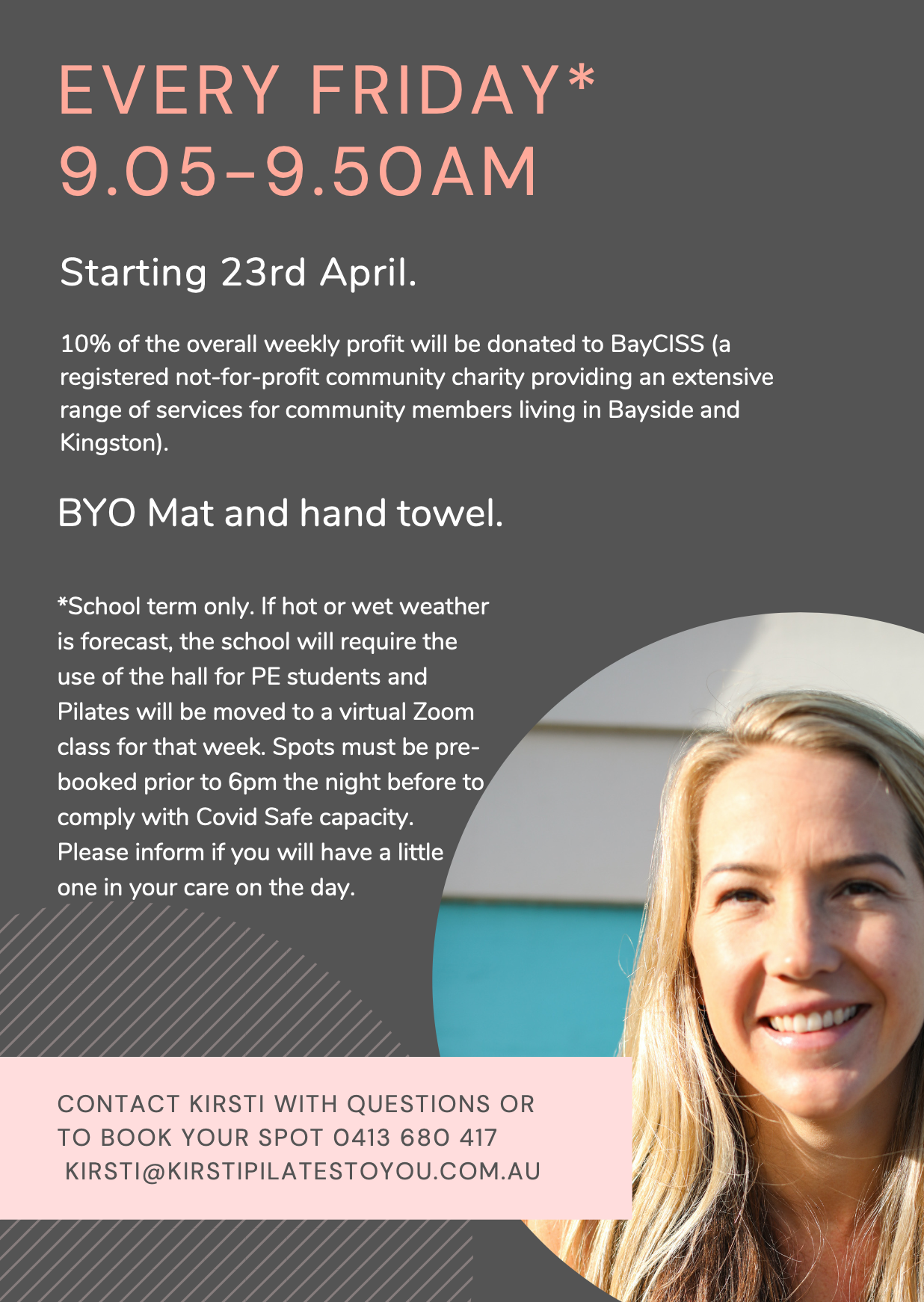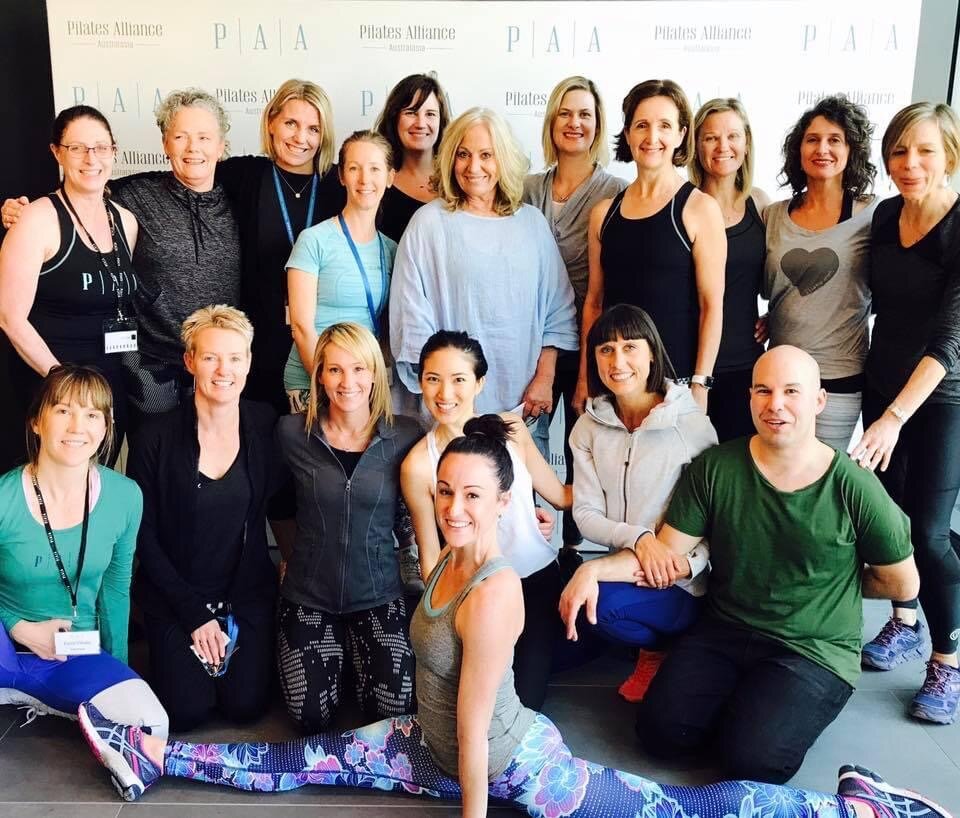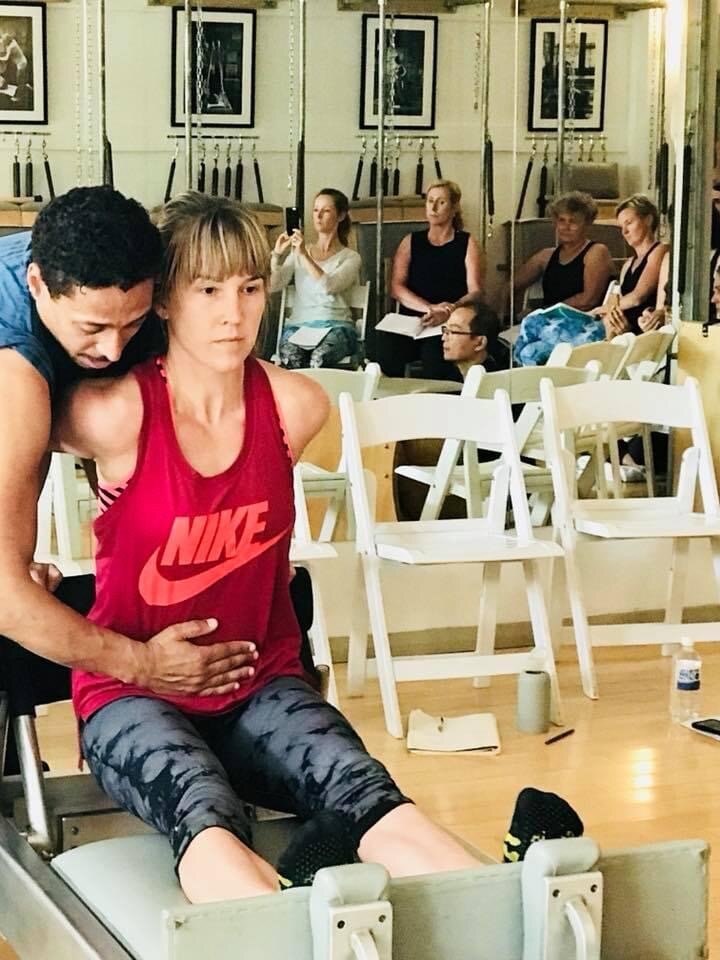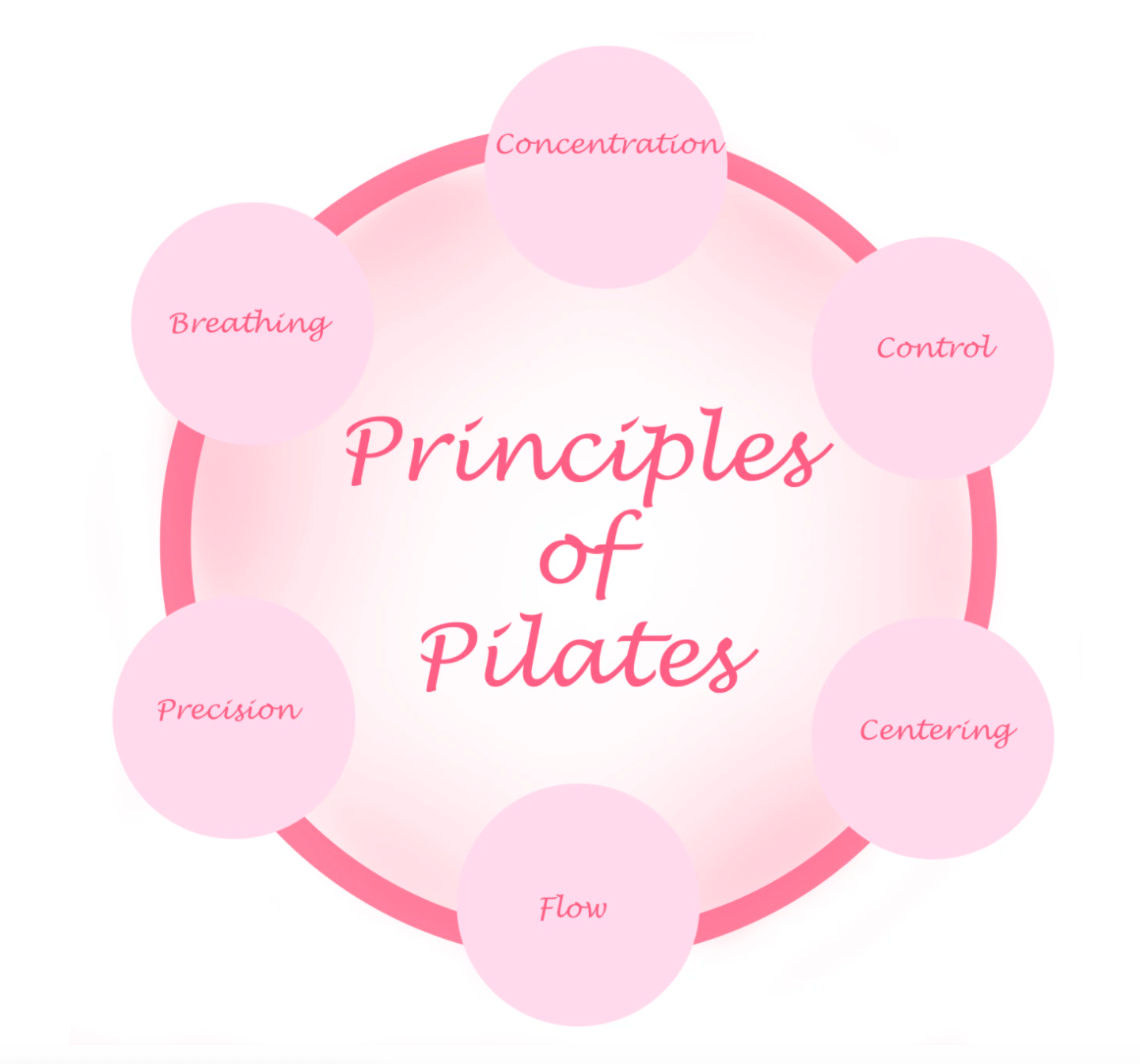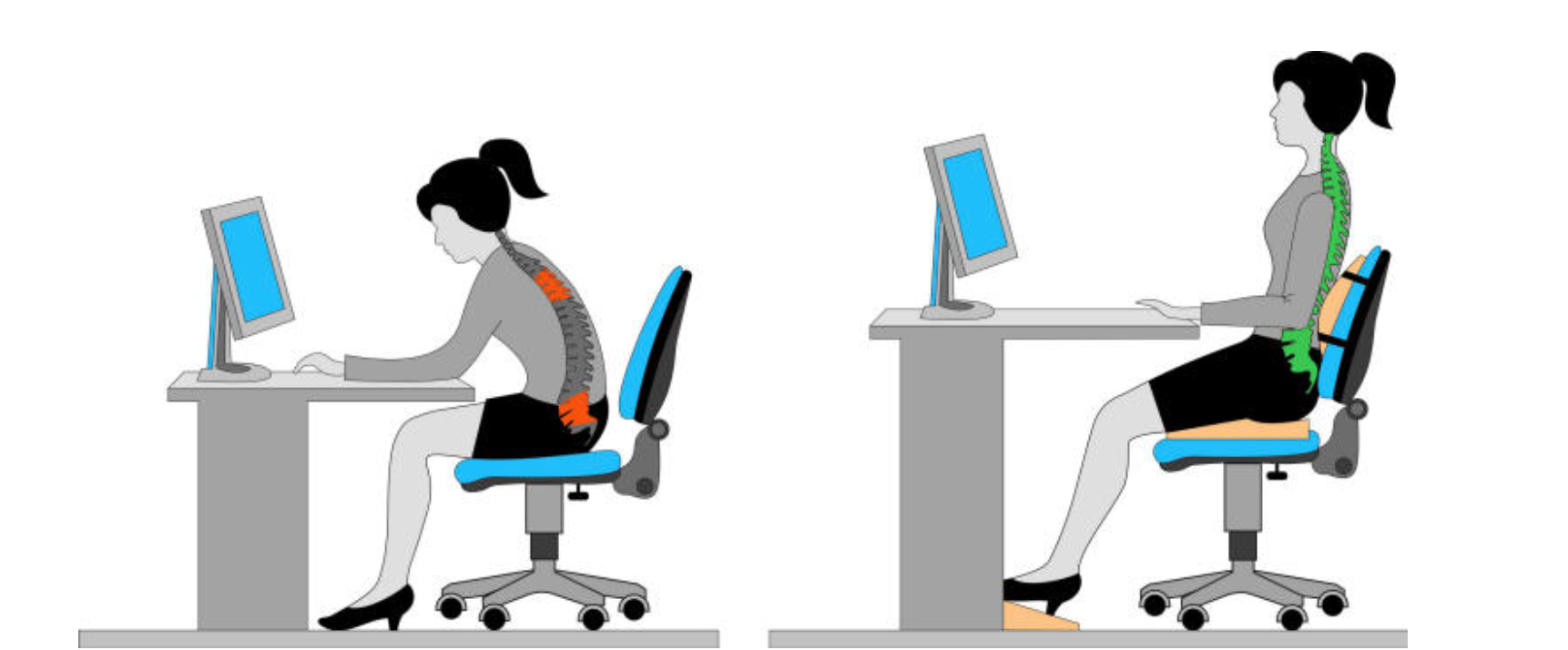If you’ve ever had a sore back and have sought treatment for it, then no doubt you’ve heard something along the lines of:
“You need more core strength to reduce your ‘back pain’, you should go do Pilates”
Yep every Physio and Osteo and Allied Health professional out there will likely say some version of this.
And it’s true.
Your spine is surrounded by what we call in Pilates, your Powerhouse, ie, the house or the area where all the power should be drawn from. You can think of it a bit like a cylinder around your trunk/middle, 360 degrees, front to back, side to side, top to bottom, each part or muscle plays a role in supporting the spine. When you can access and use each component equally and effectively (I have a whole other blog on the muscles that make up the powerhouse and how and what it means to use them equally and effectively), this then creates and improves stability, which allows you to generate power to build strength and improve mobility without pain or injury.
If your powerhouse is not stable, then back pain can occur (among other things).
Ok ok, you get it, you’ll go do the Pilates. BUT you’ve tried Pilates a few times and actually, in some things, your back pain is worse?!
WTF is up with that?
So you give up.
Pilates has left a bad taste in your mouth and you just end up ‘putting up’ with back pain.
Does not sound like much fun really.
This is a story I hear from time to time and it’s not ok.
Here are some common things that might be going on:
1.You go to a group class.
When really you should be doing privates or semi-privates (at least initially anyway). You hear Pilates is great, your health professional tells you you need to do it, you know there’s a place down the road that Joe Blow goes to, so you think, ‘yep that’ll do, I’ll try that one too’. It’s got bright lights, loud music, seems fun with 20 reformers, but there’s no personal instruction, no modifications or amendments made for you and chances are instructor got their certificate over one weekend.
Yes it’s more expensive, yes it may have to mean you budget for it or have to figure out a way to afford it. Eg, maybe you only go out for dinner once a weekend instead of twice. But this is your health and wellbeing and longevity we’re talking about.
If this is you, and you think Pilates is too expensive, then read this blog on Why Pilates Is Expensive.
2. You're doing too much.
You’re taking the optional progressions in group classes but you shouldn’t be (again, maybe you shouldn’t be in a group class in the first place). Remember Pilates is good for you, but only if you are working within your means and doing what YOU can do on that day and not trying to force yourself to do something you’re not ready for.
The grace we give ourselves when we are working out, is practice for the grace we give ourselves when we are doing life, business, family, friends, kids, husbands, wives and all the other things that can be hard but also rewarding.
3) You’re doing too little.
You expect that you can just go to your class, switch off from the world, mull over the problems you’re having at work and ponder what you’re going to cook for dinner while getting a workout done. So you go on autopilot mode, going through the motions and then wonder why you’re not making any progress or seeing any improvements.
A central theme of Pilates is Concentration. You need to be focused in Pilates. You need to be present and in the moment. When you can focus your attention to the exercise at hand or what the teacher is trying to get you to do, you have a better chance at being successful in the movement.
When we are concentrating and focusing our attention towards getting the right muscle engagement, then you learn to feel the muscles, you learn what it feels like when a muscle (or a group of muscles) is engaged. Therefore your body awareness will increase and you can translate that into more mindful movement in every day life, like how you sit at your desk all day long. And how that does or does not contribute to the back pain you’re experiencing and then you can draw on what you learnt in class when you were paying attention to rectify it!
4) You’re not doing your homework.
Does your teacher advise you to get up from time to time from your desk and roll your shoulders out, or to bend or to twist? They’re not telling you that to fill up space in a conversation. They’re telling you that because your body needs it. Maybe they tell you to work on some rolling of the feet on a spikey ball because you get foot pain, which impacts the hip alignment and therefore your back.
What ever the extra curricula activity they are asking you to do between classes, try and do it. It will make your life easier and your time in class more rewarding as you will be able to move though more exercises that help build your strength and increase your mobility.
.
5) It’s not actually your back that is the source of the real problem.
Ever heard of referred pain? Sometimes, we feel the pain somewhere (eg your back), but that pain is actually referred from somewhere else in the body.
It’s because of our nervous system and the mixed messages of the wiring to and from the brain about the source of the pain.
Sometimes back pain can actually be caused by the pancreas, kidneys or colon. If you’ve tried Pilates, Physio, a TENS unit, Acupuncture and all the things, it could be time to go and see your GP.
So there you have it. 5 common reasons why you might still be experiencing that annoying back pain even though you have started a Pilates class.
Personally, I am a huge advocate for Pilates and back pain. It’s something I live with every day. Or I should say, I manage it everyday. I have a spinal condition called Spondylolisthesis, which is a minor disc slippage in the lower vertebrae. Most likely caused from all those years of gymnastics as a child when my spine was developing. I’ve written a blog on it, you can read it here (PS I give away free Pilates exercises in this blog too!). Pilates is literally the magical glue that keeps me together, so I will forever continue to sing its praises.










